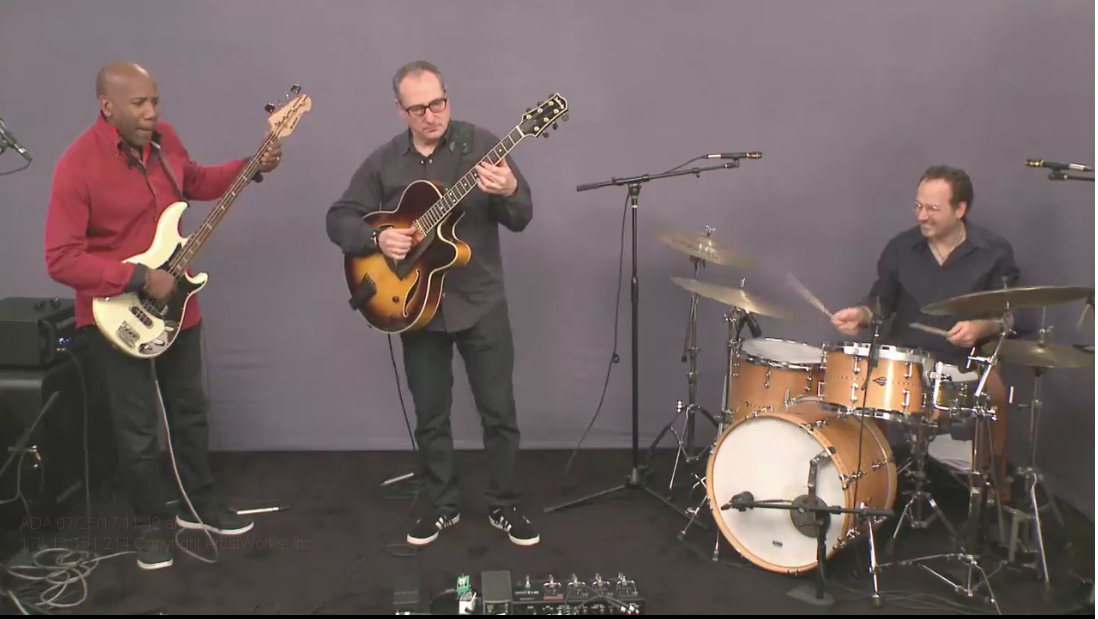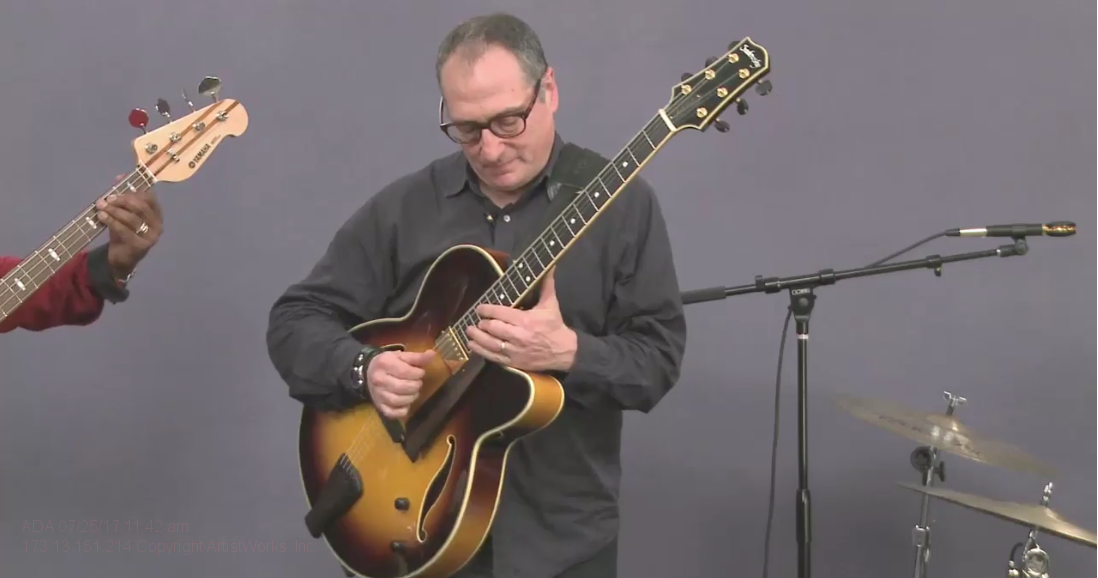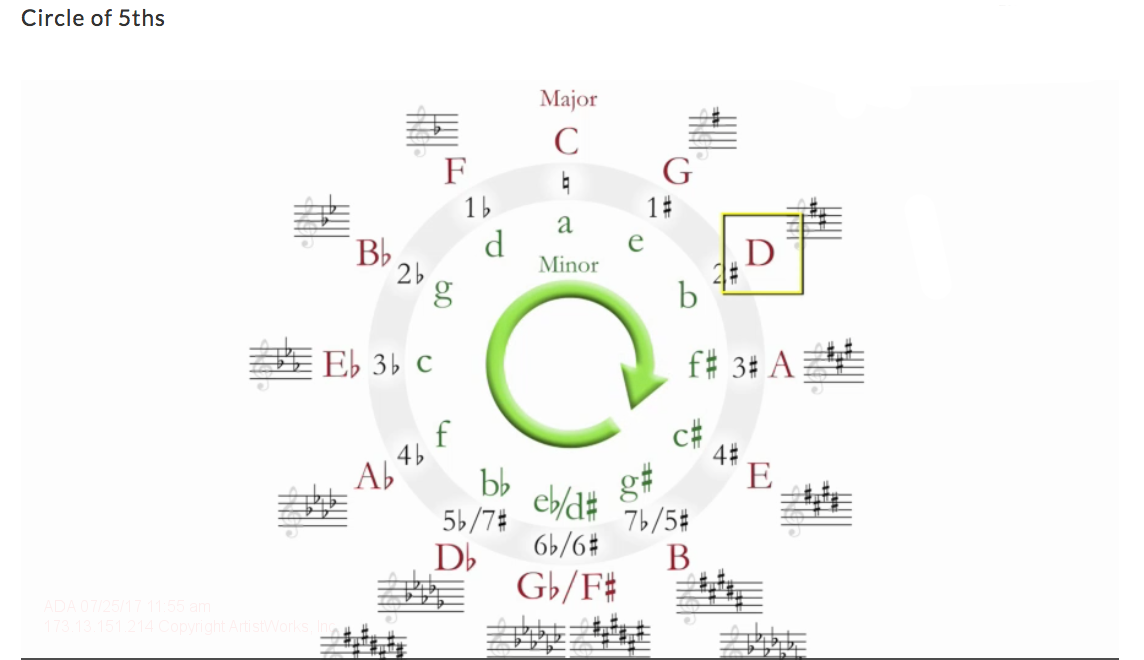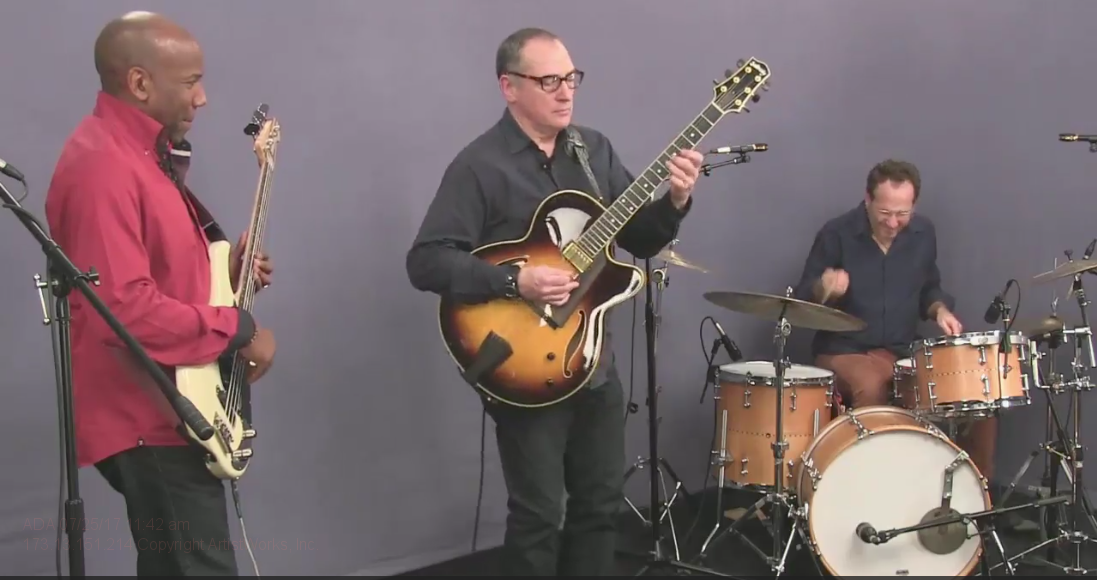The Best Jazz Chord Progressions to Practice

Are you looking for a way to break out of the familiar patterns guitarists can't seem to escape from? Perhaps you’ve already mastered some blues and rock scales but just can’t seem to incorporate that elusive jazzy sound into your guitar playing without it all running off the rails.
While there are no shortcuts to make you sound like Wes Montgomery or Joe Pass, there are some simple jazz chord progressions that will point you in the right direction. So with that in mind, here are some of the main jazz chord progressions that you'll need to know to in order to sail through almost any jazz standard.
The II-V-I Progression: What is it, and how is it used?
The II-V-I is the most common jazz chord progression in the genre. Each Roman numeral represents the degree of the scale on which the chord is built.
For example, in the key of C: Dm7 - G7 - Cmaj7. If we spell the notes of these seventh chords out, we get the following: D-F-A-C, G-B-D-F, C-E-G-B. We can use moveable shapes with roots on the 4th, 5th and 6th strings to play these II-V-I chords, or we can spell out the notes of the chords and use them to play linear, single note lines over the chord progression.

A few rules to remember:
- Minor 7th chords are II chords
- Dominant 7th chords are V chords
- Major 7th chords are I chords
Now that we’ve covered the II-V-I, let’s look at some other common jazz progressions.
Now that we’ve covered the II-V-I, let’s look at some other common jazz chord progressions. The I-VI-II-V progression is one of the most important of all the best jazz chord progressions. The original first four chords of George Gershwin’s famous “I’ve Got Rhythm” form a I-VI-II-V (C - Am7 - Dm7 - G7). When jazz musicians talk about “playing the changes” they are referring to playing the chord changes that are based on and evolved from this Gershwin classic.
The III-VI-II-V jazz chord progression is essentially the same as the I-VI-II-V, with the exception of the first chord. The III chord is often substituted for the I chord because it shares 3 common tones with the I chord.
For example, in the key of C, the I chord is spelled C-E-G-B (Cmaj7) and the III chord is spelled E-G-B-D (Em7).
This progression is also common in turnarounds, which are typically the final 1-2 bars of a blues or jazz tune before returning to the beginning (called ‘the head’ in jazz lingo).
Now that we’ve seen 3 of the four most common jazz progressions, let’s take a look at the final progression which occurs in minor keys.
Because the 6th degree of the minor scale is lowered a ½ step, the chord built on the 2nd degree of the scale is a half-diminished 7th chord. For example, in the key of C minor, the half-diminished II chord is spelled: D-F-Ab-C. The II chord then moves to the V chord (as in the other progressions), finally resolving to I.
Now that you’re familiar with the four most important jazz progressions, let’s discuss the best ways to practice these progressions.
Use the circle of fifths
To find the chords for a II-V-I in any key, simply choose any note on the circle and make it a minor 7th chord (This is your II chord). Move one step counterclockwise, playing a dominant chord this time (This is your V chord). Move one more step counterclockwise, playing a major 7th chord (This is your I chord).

Did you know ArtistWorks members have access to a music theory course? This is a screenshot from the Circle of Fifths lesson, just one of the many available to members!
Learn moveable shapes for all major, minor and dominant 7th chords, and use them to play jazz standards that you find in the ‘real book’ or ‘fake book’. Having understood the theory behind the basic jazz progressions, this is the single biggest tool you can use to improve your jazz playing.
Lastly, remember that focused practice is much more productive than aimless noodling. That doesn’t mean that you can’t be creative with your practice routine, or that you can’t have fun.
You just need to set and reach concrete and attainable daily practice goals, and you’ll continue to see improvement.
Good luck, and happy playing!

Did you know you can learn all these jazz guitar progressions and more online at ArtistWorks? Click here for free sample lessons!







Comments